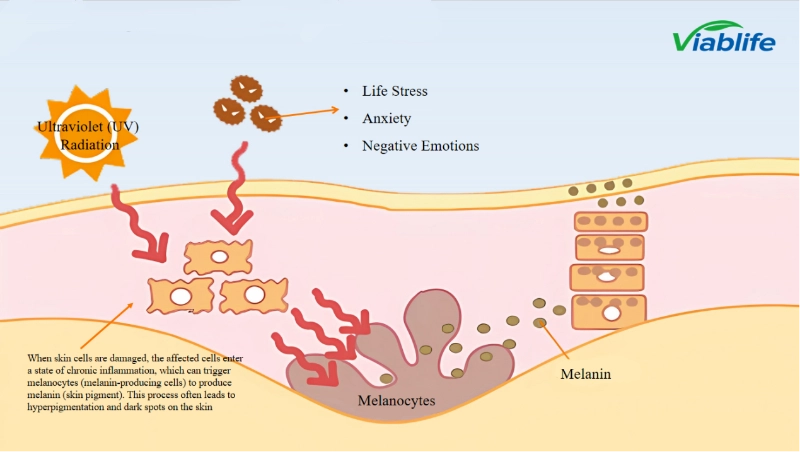Will vacuum glass food containers release harmful substances at high or low temperatures?
In modern families, vacuum glass food containers are popular for their excellent preservation effect and convenience. However, many consumers are concerned about whether they will release harmful substances under high or low-temperature conditions. This article will explore this issue in depth, and analyze it from multiple angles such as material, process, and usage conditions, to provide a comprehensive scientific answer.
1. Material and process of vacuum glass food containers
Vacuum glass food containers are usually made of high-quality borosilicate glass. This material has high heat resistance and chemical stability and can maintain its structural integrity over a large temperature range. In addition, the lid part of the vacuum glass food container usually uses stainless steel or silicone sealing rings to ensure good sealing performance.
Borosilicate glass: This glass contains a higher proportion of boron and silicon, which gives it a lower thermal expansion coefficient and can withstand drastic temperature changes without breaking. At the same time, it has extremely high chemical stability and is not easy to react with other substances.
Stainless steel and silicone sealing rings: Stainless steel has good corrosion resistance and high-temperature resistance, while silicone sealing rings provide good elasticity and sealing effect, which can maintain stable sealing performance at different temperatures.
2. Safety under high-temperature conditions
Heat resistance test: Vacuum glass food containers undergo rigorous heat resistance tests during production to ensure that they do not release harmful substances in high-temperature environments. Generally speaking, such containers can withstand temperatures up to 500°C, far exceeding the needs of home cooking and baking.
Chemical stability: Borosilicate glass does not decompose or release harmful chemicals even at high temperatures. Studies have shown that this glass does not produce toxic gases or dissolve harmful substances even under extremely high-temperature conditions.
Practical application: In actual use, vacuum glass food containers are often used in high-temperature environments such as ovens and microwave ovens. User feedback shows that there are no safety issues when used under these conditions.

3. Safety under low-temperature conditions
Cold resistance: Vacuum glass food containers also have good cold resistance and can maintain their physical properties at extremely low temperatures. For example, they will not crack or break even if stored in the freezer of a refrigerator (about -18°C) for a long time.
Sealing performance: Low-temperature environments place higher requirements on sealing performance. High-quality silicone sealing rings can maintain good elasticity and sealing effects at low temperatures, preventing outside air from entering the container, and thereby ensuring the freshness of food.
Actual case: Many users use vacuum glass food containers to store frozen food in winter and do not find any leakage or deterioration. This shows that this type of container is also safe and reliable under low-temperature conditions.
4. Scientific research and certification
A number of scientific studies and third-party certification agencies have conducted comprehensive safety assessments on vacuum glass food containers. Here are some key research results:
European Food Safety Authority (EFSA): According to EFSA regulations, all food contact materials sold on the market must pass strict safety tests. Vacuum glass food containers, as a common food storage tool, have passed these tests and have been deemed safe and harmless.
U.S. Food and Drug Administration (FDA): The FDA also has strict regulatory standards for food contact materials. Before vacuum glass food containers are sold in the U.S. market, they must be approved by the FDA to ensure that they do not contain harmful substances.
Independent laboratory testing: Several independent laboratories have conducted multiple tests on vacuum glass food containers, including migration tests and toxicity tests at different temperatures. The results show that no release of any harmful substances was detected in this type of container, whether under high or low-temperature conditions.
5. User Precautions
Although vacuum glass food containers show good safety under both high and low-temperature conditions, users still need to pay attention to the following points during use:
Avoid drastic temperature differences: Try to avoid putting cold containers that have just been taken out of the refrigerator directly into the oven for heating, and vice versa. This may cause the container to break due to thermal expansion and contraction.
Proper cleaning and maintenance: Clean the container and the sealing ring regularly to avoid residual food causing bacterial growth. Use mild detergent and soft cloth for cleaning, and avoid using hard brushes to avoid scratching the surface.
Check the sealing ring: Check the status of the sealing ring regularly, and replace it in time if it is aged or damaged to ensure the sealing effect.
In summary, vacuum glass food containers will not release harmful substances under high and low-temperature conditions. The high-quality borosilicate glass, stainless steel, and silicone sealing rings used in them have extremely high heat resistance and chemical stability, which can effectively prevent the migration of harmful substances. In addition, its safety has been further confirmed by multiple scientific studies and certifications from authoritative institutions. Therefore, consumers can rest assured of using vacuum glass food containers to store various foods, whether at room temperature, high temperature, or low temperature, to ensure food safety and freshness.
As leading vacuum glass food container companies, we are committed to providing safe, environmentally friendly, and efficient products to meet consumers' needs for food safety and freshness.
www.bestfulltech.com
bestfulltech




